Beginning 2005, good times prevailed in the real estate sector in India with the market peaking in 2007. The Indian real estate story, however, experienced a revision in 2008, with the recession slowly making its mark on the market. The revised market dynamic brought with it scope for speculation, a questioning of fundamentals and a bouquet of uncertainties for investment and development decisions.
The experience of the past year has apparently made it clear that there is an inherent need to understand cities as complete entities. The real estate dynamics within a city are determined by the socio-economic and infrastructure development of the city.
- New Delhi - CAPITAL ADVANTAGE
Delhi retains the number one position. New Delhi, the second largest metropolis of India, is its national capital. Located on the banks of the Yamuna River, it is one of the oldest inhabited cities in the world. The archaeological remains in Delhi stand testimony to the ancientness of this city. It has a rich history of being a capital of many Indian empires of the medieval period. Delhi is the proud home of many important government offices, most importantly, the Parliament of India. In the recent years, Delhi has attracted many immigrants, thus emerging as a cosmopolitan city. Today, it is a prominent political and commercial center of India. The Delhi-Agra highway joins Delhi to the beautiful city of Agra, which is a major tourist attraction. The world-famous Taj Mahal and many other great historical monuments like the Agra Fort, Fatehpur Sikri and Sikandara are located in Agra. In the epic, Mahabharata, it was mentioned as Paradise. The city is demonstrating the fastest transformation in the country, steadily moving closer to achieving the status of a global city by 2010 because of the Commonwealth Games. Some of the key developments enveloping the city include Delhi's Rapid Mass Transit System (Delhi Metro), which is operational in most parts of the city. By 2010, Delhi Metro will be world's second-largest network.
The Indira Gandhi international airport is being modernized with the introduction of new amenities to increase flight handling capacity. Road-widening projects are under-way, with dedicated efforts to make the ring roads- the main arterial roads signal free. Flyovers, underpasses, pedestrian walkways, high capacity buses, hotels and townships are the other elements that seem to dot the emerging cityscape.
- Mumbai - MAXIMUM CITY
Mumbai, a close second, scores better on the business environment index.
The city, however, loses to Delhi when it comes to the infrastructure index. The pace of infrastructure development in Mumbai has been slower, pushing down the city a notch. Capital city of the state of Maharashtra, Mumbai is the financial capital of India. Housing around thirteen million people, it is the second most populous city in the world. Mumbai houses the world-famous Hindi film and television industry, Bollywood. Important financial institutions such as the Reserve Bank of India and the National Stock Exchange of India are located in Mumbai. It houses the headquarters of several multinational companies and has thus become an important commercial and entertainment center of India.
- Chennai - SOUTHERN GATEWAY
Chennai, which ranks 3rd in the study, is the largest city in Tamil Nadu and is located on the south-eastern coast of India. Chennai is also called as the 'Gateway to South India'. Today, the city has gone through a tremendous change and is developing rapidly. Located on the Coromandel Coast of Bay of Bengal, this capital city of Tamil Nadu is the home of around 7 million people. It was established in the 17th century by the British and formerly known as Madras. Chennai hosts an international airport, two major ports and five national highways stretching to other parts of the India. Its contribution to India's exports of automotive products has conferred upon Chennai, the title, 'Detroit of India'.
- Bangaluru - SILICON TOUCH
Bangalore is known as the Silicon Valley of India because of its position as the nation's leading IT exporter. It is today Asia's fastest-growing cosmopolitan city. It is home to some of the most high tech industries in India. The IT industry views Bangalore as the 'byte-basket' of India. Bangalore is also home to some of India's premier scientific establishments. Officially known as Bengaluru, it is the capital city of Karnataka state and the third most populous city of India. Bangalore houses some of the most recognized educational and research institutes of India. Numerous public sector industries, software, telecommunication and aero-space industries are located in Bangalore. Its remarkable contribution to the Indian IT sector has made it the Silicon Valley of India.
- Hyderabad - THE IT CULTURE
Hyderabad, the fifth largest metropolis of India, is known for its rich history and culture with monuments, mosques, temples, a rich and varied heritage in arts, crafts and dance.
Hyderabad has developed into a major hub for the IT industry in India. It is the financial and economic capital of Andhra Pradesh. The city is the largest contributor to the state's GDP, state tax and excise revenues.
- Kolkata - ORIENTAL PUSH
Kolkata is the main business, commercial and financial hub of eastern India and the northeastern states. It is home to the Calcutta Stock Exchange - India's second-largest bourse. Kolkata is the capital of West Bengal and one of the very important cities in India. It has been a center of education, industry and culture. However, it has undergone economic stagnation that continued till the recent times. It was after 2000 that the city witnessed economic growth. It houses the Salt Lake Stadium that is largest in Asia and the second largest in the world. The Indian Institute of Management, one of India's most prestigious management schools is also located in Kolkata. Victoria Memorial, located in Kolkata, is now a museum and remains a popular tourist attraction.
Trade & Industry in Kolkata plays a significant role in developing the economical condition of West Bengal. For the last couple of years, Kolkata is showing tremendous performance in the industrial sectors like information technology, real estate, electronics, apparel and plastic products.
- Pune - OXFORD OF EAST
Referred to as the 'Oxford of the East', the city has gained significance due to a large number of institutions imparting quality training across streams. Pune, by virtue of its strategic location near Mumbai and a successful regional setting, is an emerging economic hub for tertiary economic activities such as services, trade and commerce in the western region. The city is the second-biggest commercial centre in Maharashtra.
Post 2000, there was a spurt in economic activity in the city with IT/ITES, automobile and auto component industries being the primary growth drivers. The city has the distinction of having the first STPI unit in India. Pune is also the largest auto hub of India. The industry accounts for 54% of the total excise revenue collection of the district.
- Ahmedabad - TRADING POINT
Ahmedabad is the commercial capital of Gujarat. Historically, Ahmedabad has been one of the most important centers of trade and commerce in western India. The city was once well known as the Manchester of India on account of its flourishing textile industry. The city is considered as a major industrial and financial center contributing about 14% to the total investments in all stock exchanges across India and 60% to the total productivity of the state of Gujarat.
The city is an industrial base for sectors such as chemicals, textiles, drugs and pharmaceuticals and agro and food processing industries. Four major industrial estates within the city's municipal limits, namely Naroda, Odhav, Vatwa and Behrampura, house various manufacturing, chemical and petrochemical products, metallurgy, food products, textile, paper, and leather companies. Prominent business conglomerates such as the Adani Group, Reliance Industries, Nirma group of industries, Arvind Mills, Claris Life Sciences, Cadilla Pharmaceuticals, Shell, Vadilal Industries Ltd, Rasna, Bosch Rexroth (Germany), Stork and Rollepaal (the Netherlands) have set up their operations in these industrial estates.
- Surat - DIAMOND’S FOREVER
Surat, the second largest city in Gujarat, is a port city situated on the banks of the Tapti river. The city is largely recognized for its textile and diamond businesses. It is also known as the diamond capital of the world and the textile capital of India. Surat is also the third cleanest city in India after Chandigarh and Gandhinagar.
- Chandigarh - PLANNED MIRACLE
Chandigarh has moved up from 10th to the 9th rank in this year's EY City Ranking. Known internationally for its architecture and urban planning, it is the first planned city of India. The government is a major employer in Chandigarh with three governments having their base here. Chandigarh has a well developed market and banking infrastructure. Nearly all the major banks in the country have registered their presence in Chandigarh. The economy of Chandigarh depends for its revenue on the agricultural, industrial, animal husbandry, fishing, IT, and tourism sector.
- Jaipur - CONNECTIVITY EDGE
The city houses over 15 industrial areas, 45 large and medium scale units and approximately 19,000 small scale units. IT/ITES have also emerged as a prime sector in the city. Being one of the cities of the Golden Triangle, it enjoys improved connectivity and accessibility, with the National Capital Region (NCR) and Agra, enhancing tourist footfalls. The upcoming bus rapid transport system, the Jaipur Metro and construction of a 12-lane ring road is expected to provide further impetus to real estate and economic development of the city. Three SEZs have been proposed around the city to cater to a vast array of sectors and variety of customised products. There is a 365-acre Export Promotion Industrial Park (EPIP) set up at Sitapura (Jaipur) provides manufacturing facilities to units in key sectors. The expansion of the Jaipur international airport is due for completion by 2015. The government is planning implementation of the Metro Rail project in Jaipur in consultation with the Delhi Metro Rail Corporation (DMRC).
- Lucknow - ON ACCELERATOR
The city is expected to become one of the largest urban agglomerations (among the other Tier-II cities) in the country by the year 2011. With the upcoming Lucknow-Unnao industrial corridor proposed by the Lucknow Industrial Development Authority, the city and its surrounding areas are likely to experience a growth in industrial activities.
The proposed industrial corridor, to be developed on an area of 2,000 acres, is likely to see investments from national as well as international players. The upcoming metro rail network is expected to improve connectivity of Kanpur Road, Sultanpur Road and Faizabad Road with Hazratganj (CBD) and some other prominent corridors within the city. Elevated expressway is expected to improve connectivity with major centres such as Kanpur, Rai Bareilly, Sitapur and Sultanpur.
The Lucknow Development Authority and UP Housing Development Board in turn, are promoting affordable homes for the low budget buyer. The UPHDB is promoting the Integrated Housing Scheme wherein private developers will be permitted to develop hi-tech townships on 25-100 acres of land.
- Coimbatore - INDUSTRY ADVANTAGE
Coimbatore is one of the most industrialised cities of South India. The chief reasons behind the city moving up the ranking include infrastructure projects here such as widening of the narrow bridges and flyovers at crucial transport intersections, a ring road around the city and plans to upgrade the Avanashi road between Uppilipalayam and Neelambur to a four-lane road. IT space is also coming up on Dr. Nanjappa Road and Rajshree Itec on Avinashi Road. In addition to this, four IT parks are under various stages of construction; while more than 10 are proposed aggregating significant supply in the region
- Bhubaneswar - REALTY SURGE
Bhubaneswar is witnessing substantial real estate development activity with national and regional realty players active in northern and western India reportedly acquiring land. Key players include DLF, Unitech etc. Prominent IT/ITES players in the city such as such as Infosys (46 acres), TCS (45 acres), Wipro (27 aces), Mindtree (20 acres) and Satyam (2 ment across the real estate spectrum, including residential, hospitality, retail and IT office spaces.
- Guwahati - EASTERN SURGE
Infrastructure projects in Guwahati include the development of Inter-State Bus Terminus (ISBT) at Kathabari, a flyover project on GS Road near Vangagar, an international trade centre, and an athletics stadium at Saru Sajai. Modernisation plan is underway for the Guwahati airport (likely to be completed by 2010). On completion, Airports Authority of India plans to make Guwahati a hub for air connectivity.
Guwahati is among 50 train stations identified for development as world-class stations. The key real estate developments are seen along the Guwahati Shillong (GS) road, with most office space and retail (high street retail and large format malls) activities developed along this corridor.
Satellite townships are being planned around Guwahati using the PPP route to accommodate a growing population and ease pressure on the city centre.
- Madurai - E-FFICIENT GOVERNANCE
he Corporation of Madurai (CoM) is undertaking construction of toll roads through PPP to decongest the city. It has constructed a 27km, two-lane Inner Ring Road (MIRR) between Kanyakumari Road and Melur road under the scheme. Infrastructure upgrade, such as robust e-governance and proactive urban governance, has eased approval timelines and increased operational efficiency.
City suburbs are being planned through participatory town planning schemes (TPS). Various IT spaces, such as Tidel Park, IT Park and software city, are planned by the state government, and are expected to augment real estate development across the city.
- Kochi - PORT’S TRUST
The key infrastructure drivers include the Kochi Port, which is set for an expansion with various green field infrastructure projects, including the Vallarpadom International Container Transshipment Terminal. The Kochi international airport was the first Indian airport to operate on a PPP model with multiple stakeholders such as the government, airline operators, financial institutions and non-resident Indians (NRIs). "Aerotropolis" is an airport based industrial park being developed by the Cochin International Airport 450 acres of land under the ownership of CIAL. The focus on developing Kochi as a centre for information technology has led to the development of the Thrikkakara-Kakkanad belt. The "Smart City" project at an investment of Rs17 billion estimated to create 90,000 IT jobs has been on the horizon since 2007.
- Indore - INVESTORS’ CHOICE
The strong commercial base and manufacturing hub with several large format industrial parks, is attracting the attention of major corporate and foreign investors in the country.
Developments such as the Special Economic Zone (SEZ) and Auto Testing Track in Pithampur, and IT Park at Khandwa Road are expected to provide further impetus to the growth of the city. The city also has several industrial clusters such as pharmaceuticals, textile, food, IT and auto components clusters. Key infrastructure developments include the upcoming AB Indore Bypass road that is expected to improve access to other major commercial cities (for example Mumbai) of the country, thus providing tremendous potential for real estate and industrial investments. The upcoming Delhi-Mumbai Industrial Corridor (DMIC) is expected to enhance industrial activity around the satellite towns of Pitampura and Dewas region. The Airports Authority of India (AAI) is undertaking the upgrading of the existing domestic airport to an international airport.
- Nagpur - HEART OF VIDARBHA
Nagpur has been the main center of commerce in the Vidarbha region Nagpur's economy is now recovering from past slowdown and city has attracted Rs 8,000 crore in investment post 2004.The city is important for the banking sector as it hosts the regional office of Reserve Bank of India, which was opened on September 10, 1956. Sitabuldi market in central Nagpur, known as the Heart of the city, is the main and major commercial market area of city. The Butibori industrial area is the largest in all of Asia in terms of area. The estate's largest unit is of Indo Rama Synthetics, which manufactures synthetic polyester yarn. Other units in Butibori include the power transmission company KEC, Hyundai Unitech, ACC Nihon Castings Ltd. Koradi Thermal Power Station and Khaparkheda Thermal Power Station are the two major thermal power stations located near Nagpur and operated by MSPGCL.
- Amritsar - RETAIL BOOM
Amritsar is anticipating in-creased penetration of organised retailing in the next two to three years with a large inventory build-up of mall space distributed approximately across 10 malls. There are around 1012 upcoming hotel projects identified in and around the city, which are expected to augment the existing hotel room inventory across segments by 800-1,000 rooms over the next two to three years.







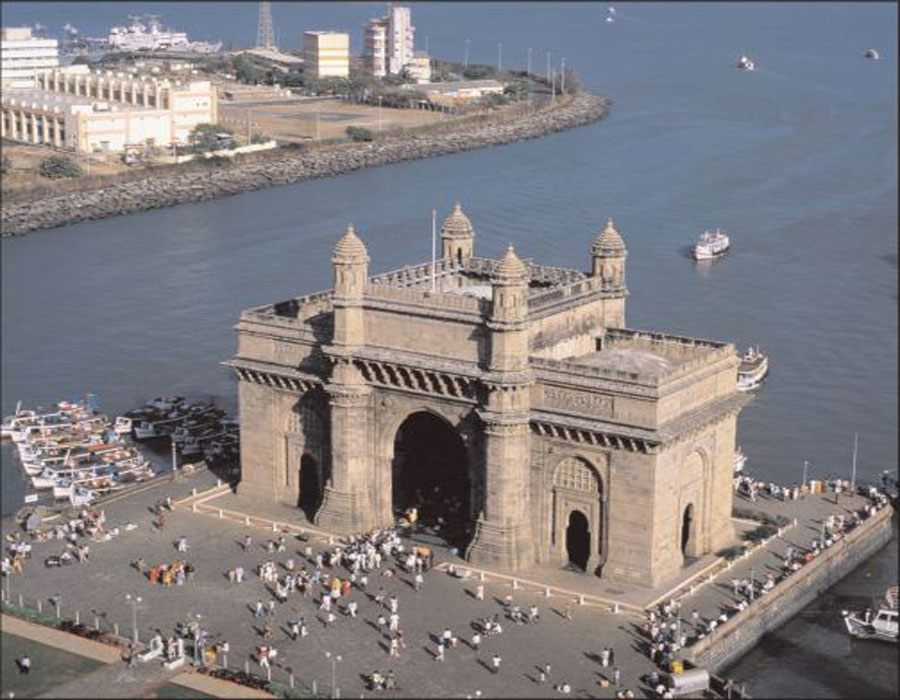
 OpinionExpress.In
OpinionExpress.In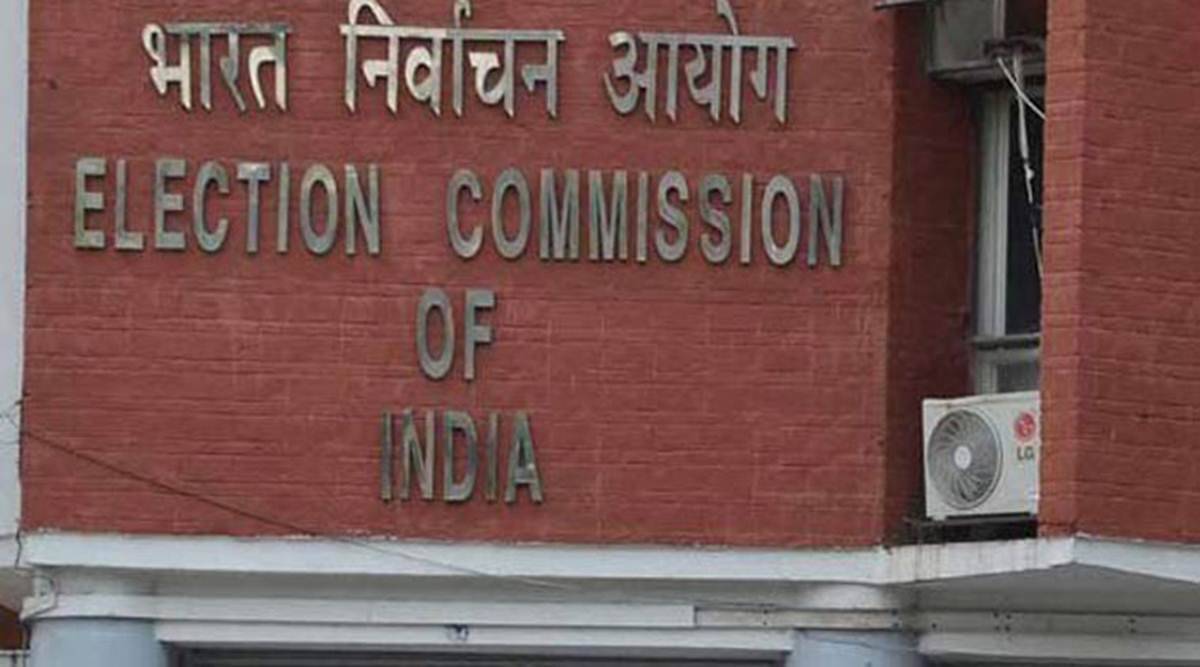

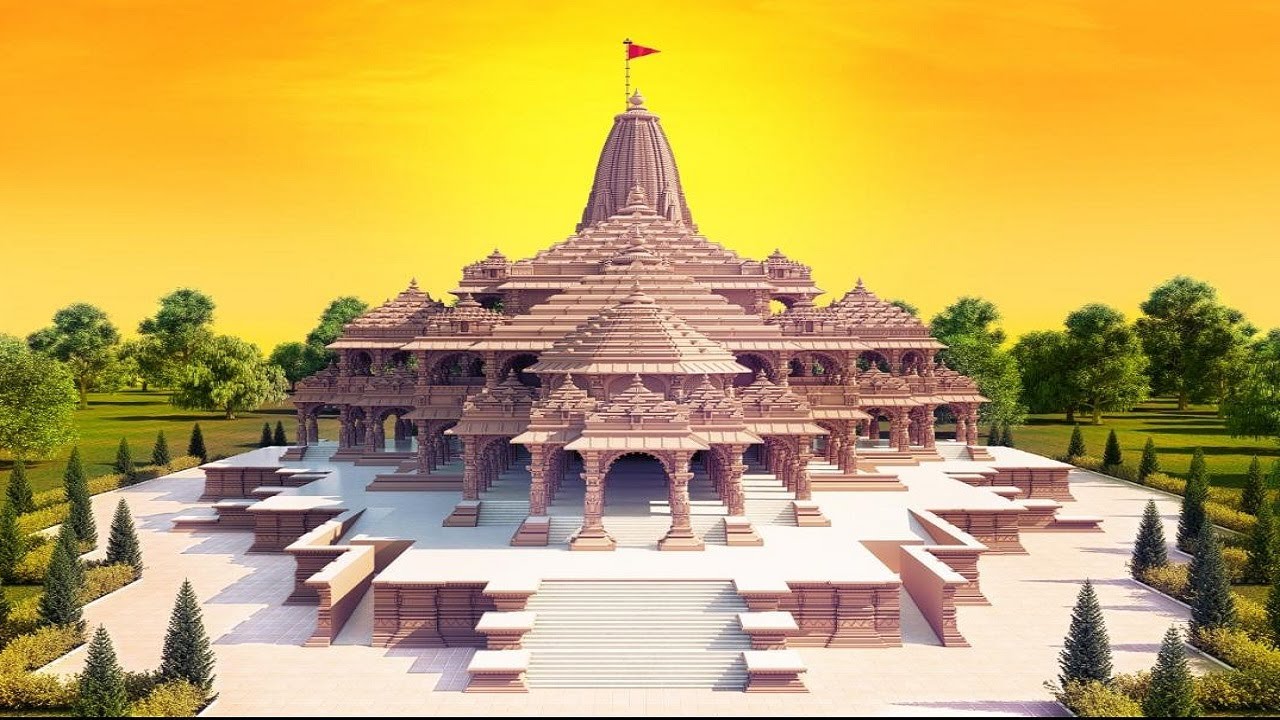
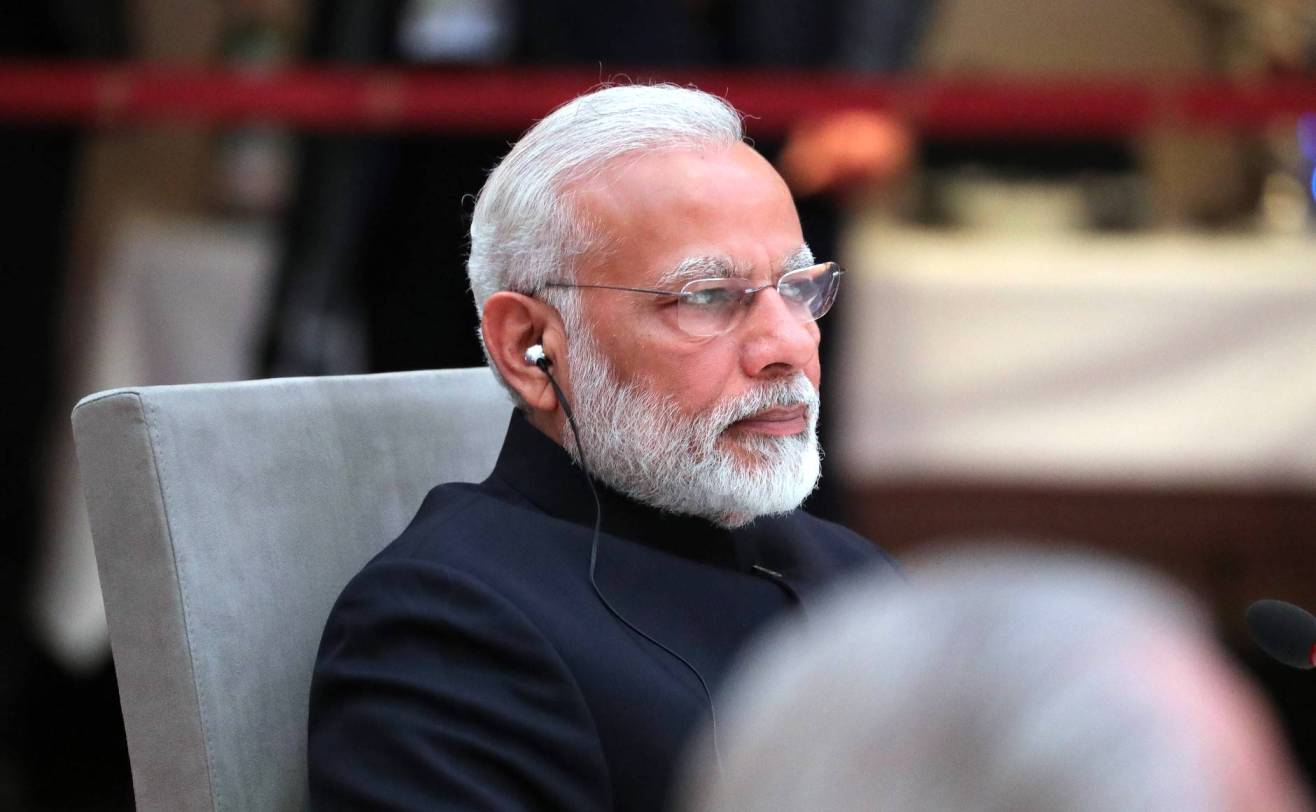

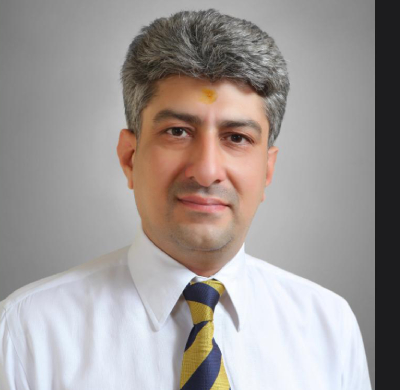

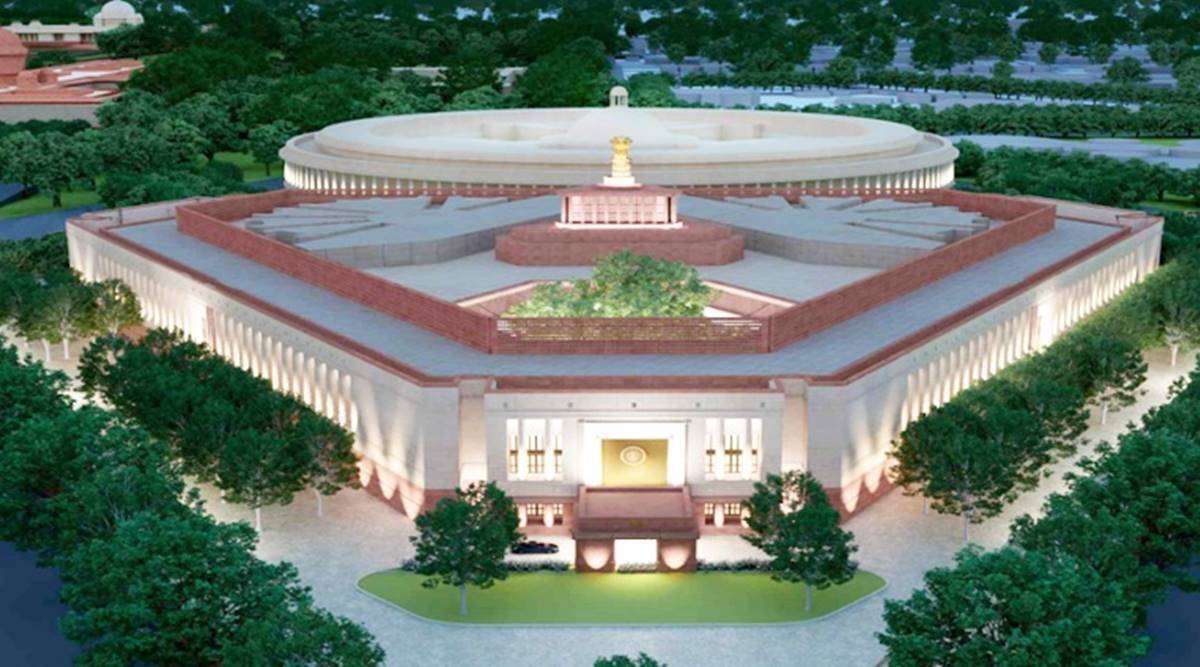

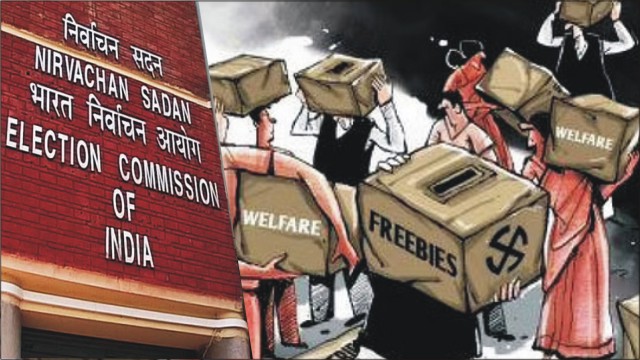






Comments (0)